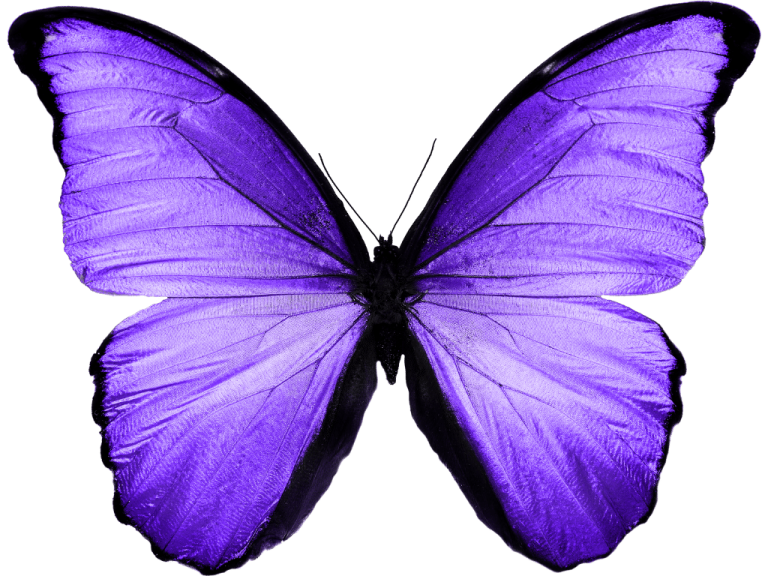Whenever it’s sunny, in the flower bushes, colorful butterflies often dance among them, resembling dancing flowers drifting in the garden. Children adore these gorgeous and colorful butterflies. However, once caught, if not handled carefully, the beautiful colors and patterns on their wings might be rubbed off, and the vibrant hues disappear, revealing dull and transparent wing membranes, which are not appealing at all.
The beautiful and vibrant colors and patterns on butterfly wings are due to the presence of tiny powdery scales covering the wing surface.
These scales come in various shapes, and on a single butterfly wing, there can be several different shapes of scales.
On the surface of these scales, there are dozens to over a thousand transverse ridges. Under an electron microscope, these ridges, with their refractive properties, are composed of many parallel thin sheets stacked together, resembling upright book pages. The more ridges there are, the more beautiful light can be refracted. The surface of the scales contains special pigment granules, known as chemical colors. Although these colors are extremely bright and beautiful, due to oxidation or reduction reactions, they gradually fade or completely disappear. Collected butterfly specimens, if placed in locations with large humidity fluctuations and direct sunlight, will soon lose their original colors. Therefore, when preserving butterfly specimens, they should be covered with black cloth on the glass of the specimen box to prevent sunlight exposure from causing chemical changes and fading. In addition, on the scales of butterfly wings, there is also a type of physical color. This color, due to the special structure of the object’s surface, causes light that shines on it to undergo reflection, refraction, or interference, resulting in a beautiful and striking color.
This physical color does not change in hue due to oxidation, reduction, or other chemical reactions, making it a permanent color. Depending on the angle of the incident light source or the type of light source, such as sunlight and artificial light, this physical color can produce different radiance and colors. The combination of these two types of colors makes the colors and patterns on butterfly wings even more beautiful, dazzling, and lovable at first sight.

